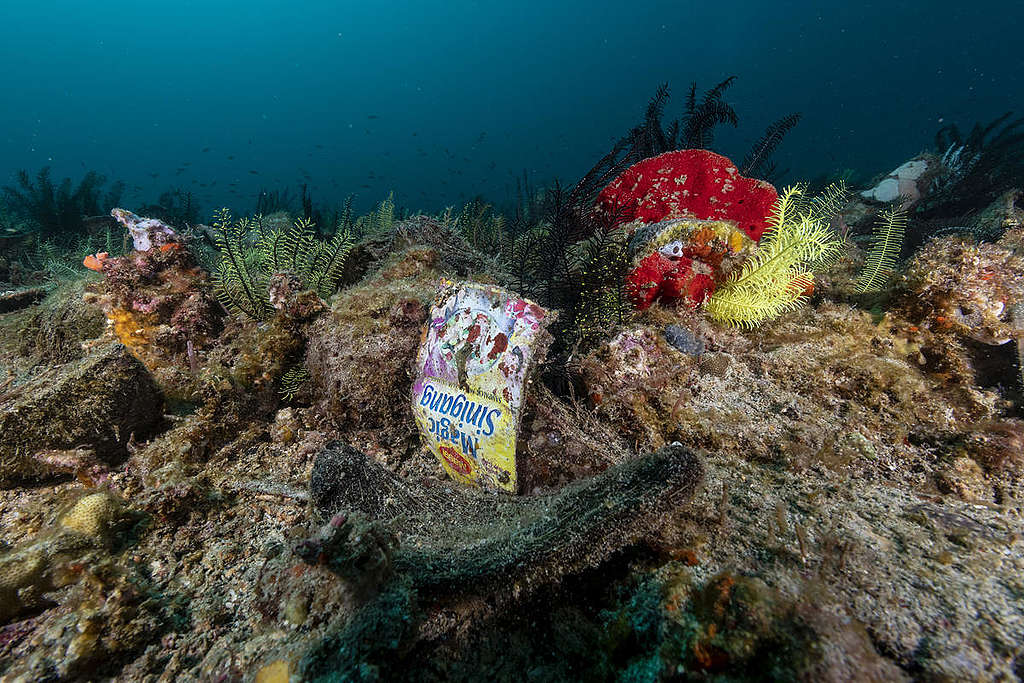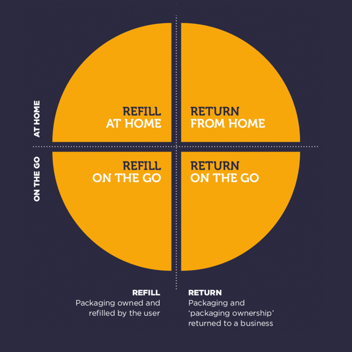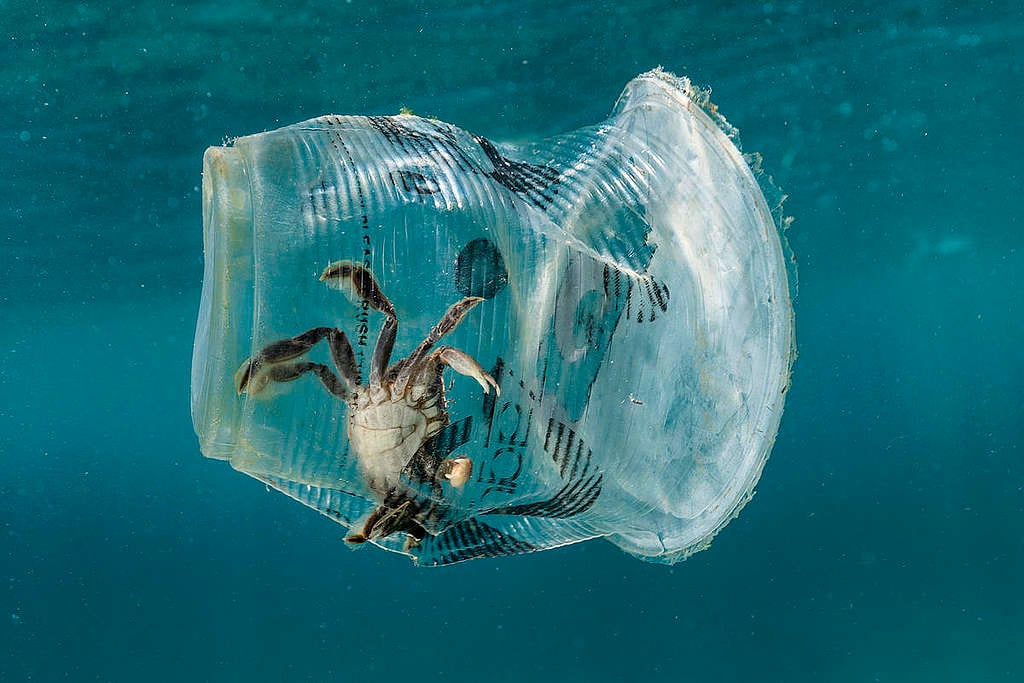In my past experience of working in a student organization, I got an opportunity to spearhead seminars wherein one of the topics proposed was the economics of environment resources, which is connected to my college program. From that event, I got enlightened with the pervasive environmental problems the world is currently facing, and felt the responsibility to help through Zero Waste acts. I started doing little deeds like bringing my own container when buying meals and refusing plastic bags, but I believe that I still have a lot to learn in my journey of helping save the environment. Moreover, from writing this article, I hope to inform people about the prevalent plastic problem as well as the costs and benefits of the reuse and refill system of purchasing products, a zero-waste alternative to lessen the use of single-use plastics, which harm our environment.
The Plastic Crisis
Living a zero waste lifestyle could be done through simple things, such as using containers when buying food from canteens and bringing your own reusable bottles. However, the reality is that it is a complex thing, now that plastics have become a regular part of people’s daily lives – from waking up and taking a bath to eating breakfast and other activities throughout the day, plastic can be present. Plastics were originally created as a solution to preserve the natural resources on earth[1], but it ended as one of the biggest environmental issues we are facing.
Plastics are considered to be one of the best human inventions. It offers various uses, but the problem is that so much of it is produced and piled up[1], creating the environmental crisis the world is currently facing. In addition, throughout its life cycle, plastic harms the environment and the health of human beings[2].
40% of the plastic we get is just used once and every year, in several forms like food packaging[3]. While packaging is supposed to have many functions such as providing protection for the product and enhancing usability, it fulfills its purpose only once. Nowadays, products have short lives with long-lasting impacts[4]. Some of the proposed solutions towards plastic pollution are recycling and upcycling. However, plastics are much more challenging to recycle compared to glass, aluminum, or paper. Also, when plastics are collected and remanufactured, their disposal is just delayed. Most of them tend to end up in a landfill or incinerator for some countries[2], and worse, in the oceans and the environment, harming the beautiful biodiversity the world once had.

To address this problem, we could utilize an economic concept called “Specificity Rule” which identifies the specific source of the problem and intervenes there[5]. By delving deeper into the pollution problem, we can see that one of its root causes is the use and production of single-use plastics. While some companies have taken actions toward the plastic crisis—like clean-up drives and collection of plastics to be recycled—most of these solutions do not address the root cause.
A real solution that could actually help address the problem is the alternative delivery system, such as reuse/refill system and sustainable, reusable packaging that could replace single-use plastics. And to tackle this plastic crisis at its source, all stakeholders must join forces to create new production, distribution, and consumption models[6].
Upstream Innovation towards Circular Economy
Similar to the Specificity Rule, the Ellen MacArthur Foundation stated that upstream innovation is about tracing a problem to its root cause and tackling it. In terms of plastic waste, it means to prevent it from being created in the first place rather than working out how to deal with it. This mindset can be used to achieve three key circular economy innovation strategies: elimination, reuse, and material circulation. Under the reuse strategy, there are four different business-to-consumer reuse models, which are: refill at home; refill on the go; return from home; and return on the go. Their differences depend on the ownership of packaging and where the refill/return occurs[7].

In the next article of this series, we will be taking a look at the costs and benefits of the reuse and refill system for the producers and consumers.

About the author:
Vien Blanch Gaton is a fourth year student under the Business Economics major from the University of Santo Tomas. She is also currently a Greenpeace intern from the plastics campaign team.
Notes to editors:
[1] Bahraini, Amanda. 2020. “The History of Plastic.” Waste4Change. June 29, 2020. https://waste4change.com/blog/the-history-of-plastic/
[2] Eureka Recycling. n.d. “Recycling Plastic: Complications & Limitations.” Accessed August 31, 2021. https://www.alexandriava.gov/uploadedFiles/tes/solidwaste/info/RecyclingPlasticComplications.pdf
[3] Plastic Soup Foundation. n.d. “Cause of Plastic Pollution in the Environment – Plastic Soup Foundation.” Plastic Soup Foundation. Accessed September 22, 2021. https://www.plasticsoupfoundation.org/en/plastic-problem/plastic-soup/cause-plastic-pollution/
[4] Tiuttu, Tuuli-Anna. 2020. “5 Reasons Why Packaging Is Important | 4circularity.” 4circularity. January 27, 2020. https://4circularity.com/5-reasons-why-packaging-is-important/
[5] Pugel, Thomas. 2016. International Economics. Sixteenth. 2 Penn Plaza, New York: McGraw Hill Education.
[6] Ingilizian, Zara, Sara Wingstrand, and Annette Lendal. 2019. “Reusable Packaging: 6 Benefits beyond Sustainability | World Economic Forum.” World Economic Forum. July 29, 2019. https://www.weforum.org/agenda/2019/07/reusable-plastic-packaging/
[7] Ellen MacArthur Foundation. 2020. “Upstream Innovation: A Guide to Packaging Solutions.” Plastics.Ellenmacarthurfoundation.Org. https://plastics.ellenmacarthurfoundation.org/upstream#resources

Our coastlines are among the most impacted by plastic pollution in the world. Be part of the solutions!
